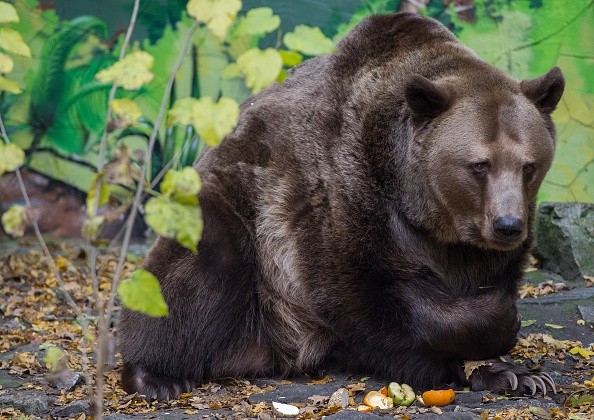Researchers monitored several predatory brown bears including the aggressive individual that killed over 40 newborn reindeer and 18 juvenile moose in a recent study at Norrbotten, northern Sweden.
A total of 15 bears were strapped with GPS collars to keep tabs on their whereabouts. About 2,500 mature female reindeer were also fitted with proximity collars by the researchers, who wanted to know when the two species come into contact.

Hunting Strategy of Predatory Bears
Over the course of two years, the bears were studied in the journal Diversity. Researchers found out that most predatory bears had an "active hunting strategy" that has to do with stalking reindeer territories during their calving season before relocating to moose habitats during moose calving season, according to the study.
As per IFLS, the more hostile bears killed over 20 newborn reindeer and five newborn moose during the peak of each calving season. The bear that killed the most newborn reindeer in a month was the most effective.
In a statement, Dr. Antonio Uzal Fernandez, a researcher and expert in wildlife conservation at Nottingham Trent University's School of Animal, Rural and Environmental Sciences said: "We found that brown bears switched habitats across pre-calving, reindeer-calving, moose-calving and post-calving periods,"
Difference in Predatory Behavior Among Bears
The fact that bears were mimicking ground cover types of reindeer and moose in order to overlap with susceptible prey at the right time of year has been established. In spring, brown bears' diets are more heavily reliant on animal protein than they are at any other time of the year.
This wasn't the case for all of the bears in the research, though. Fernandez noted that interestingly, high and low predatory bears selected habitats differentially in all research periods, with few areas picked or avoided by each group.
Co-author Andres Ordiz, a conservation biologist at the University of León, explains that the differences in predatory behavior between the individuals were responsible for the wide range of habitats they chose over the course of the year.
Ordiz added: "Differences among individuals are also important from a management perspective. For instance mere predator removal, without targeting specific individuals, may not necessarily reduce conflict."

Predicting Likely Hotspots for Conflict Between Bear and Reindeer
According to Live Science, predators kill 30 percent of reindeer's young during calving season, according to the authors, while bears in south central Sweden eat 44 percent of the newborn moose throughout spring.
In order to help reindeer farmers, for example, the researchers believe that bears have learned the seasonal patterns of reindeer movements and intend to use this tracking data - as well as proximity data - to predicte possible location for conflict between bear and reinder.
Except for females and their cubs, these omnivorous giants are mostly solitary creatures, though they do occasionally assemble. When the salmon move upstream for summer spawning, dramatic crowds can be seen at excellent Alaskan fishing spots.
Brown bears are formidable predators at the top of the food chain, yet they eat a lot of nuts, berries, fruit, leaves, and roots. Bears eat a variety of animals, including rodents and moose.
For more news, updates about brown bears and similar topics don't forget to follow Nature World News!
© 2025 NatureWorldNews.com All rights reserved. Do not reproduce without permission.





